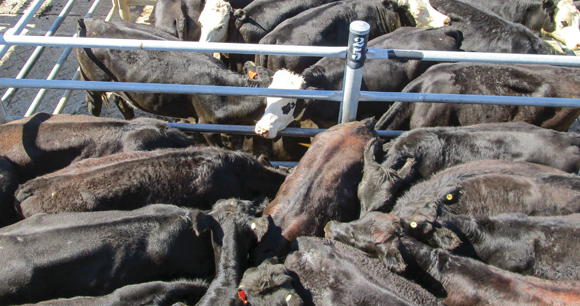Due to AWI’s efforts, thousands of records about the treatment of animals at slaughter are now publicly available on the US Department of Agriculture’s website. The documents include records related to enforcement of the Humane Methods of Slaughter Act and the Poultry Products Inspection Act that expose inhumane treatment of animals at slaughter facilities across the country.

In the past, AWI and others have had to request such records from government officials, relying on rights granted under the Freedom of Information Act. But responses to requests are not always timely, and the information is not disseminated to the broader public without further publicity by the entity making the request. Now, anyone can access this information at any time.
AWI uses these records to conduct some of our key campaign work about the treatment of animals at slaughter. Through them, we have discerned that much of the suffering experienced by cows and pigs at slaughter could easily be remedied with proper training and practices (e.g., performing routine maintenance on stunning devices). We have analyzed and publicized the information gleaned from the records in several reports and used it to petition the USDA to update its slaughter regulations.
The records we’ve obtained have also revealed inhumane handling of birds at slaughter facilities, sometimes resulting in death other than by slaughter, such as by asphyxiation, blunt force trauma, or exposure to extreme heat or cold. Fatalities that result from mishandling can render the carcasses “adulterated” and cause them to be condemned. AWI is currently suing the USDA for denying our petition asking it to create regulations to require humane handling of birds, which would prevent such adulteration.
The public availability of this information is a tremendous boon to AWI’s work to end the suffering of farm animals at slaughter. We are encouraged that the USDA has posted these records and provided a clearer window into an often unseen but extremely important aspect of food production.